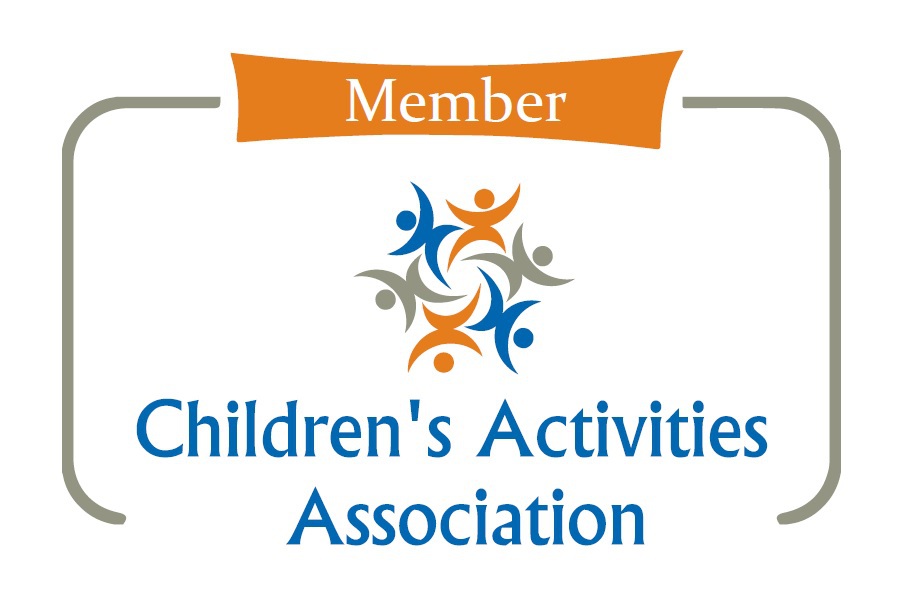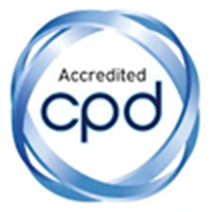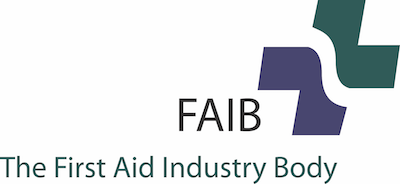Executive summary
The commissioned survey aimed to understand people's first aid knowledge and preparedness in emergency situations. The survey was conducted among a representative sample of the UK population, with a total of 763 respondents across different age groups and regions.
The survey findings indicate that while a majority of respondents have some basic knowledge of first aid, there are significant gaps in their understanding of specific procedures and techniques. For example, many respondents were not confident of how to perform CPR or how to recognise signs and symptoms of Sepsis.
The survey also revealed that many respondents do not know where to locate their local AEDs, which could be crucial in emergency situations.
The survey also explored respondents' confidence levels in giving first aid in an emergency situation. While a majority of respondents reported feeling somewhat confident, many expressed uncertainty about their ability to provide effective assistance.
The survey findings suggest that increasing people's confidence in giving first aid could be crucial in improving preparedness and response in emergency situations. This could be achieved through greater education and training.
Overall, the survey underscores the importance of promoting a culture of first aid preparedness and encouraging individuals to take proactive steps to improve their knowledge and skills. By doing so, we can help ensure that people are better equipped to respond to emergencies and potentially save lives.
Background and objectives
Understanding people's confidence in giving first aid is crucial in ensuring that prompt and appropriate care is administered during emergencies. Anecdotally, there have been reports of individuals expressing a lack of confidence in providing first aid due to limited or no training. This raises concerns about the adequacy of first aid education and training programs, as well as potential consequences of inadequate first aid care in emergency situations.
To better understand the scope of the issue and identify potential areas for improvement, a survey was commissioned to gather data on people's confidence in providing first aid. The survey aimed to capture information on the type of situations they felt confident in addressing.
The results of the survey can provide insights into the effectiveness of existing first aid education and training programs and highlight areas where additional support or resources may be needed. Additionally, the survey results can inform the development of strategies and initiatives to improve public confidence in providing first aid, ultimately contributing to better outcomes for individuals in emergency situations.
Survey method
The method used for conducting the survey is online surveying. The survey was shared on social media to request anonymous responses. This method is a cost-effective and efficient way to gather data from a large sample size. It allows for quick dissemination of the survey and easy access to respondents.
The survey being anonymous helps to ensure that respondents feel comfortable answering the questions truthfully. This is important as it can help to reduce the likelihood of response bias, which occurs when respondents provide answers that they believe are socially desirable or that they believe the researcher wants to hear.
It is also beneficial that the survey was not shared by Mini First Aid, as this helps to reduce the potential for bias. When a survey is shared by an organisation, it can influence the responses of the participants. They may feel pressured to answer in a certain way to please the organisation or to avoid upsetting them. Sharing the survey independently helps to reduce this potential bias.
Overall, online surveying can be an effective way to gather data from a large and diverse sample size. Ensuring anonymity and avoiding bias are important considerations to take into account when conducting surveys to ensure the data collected is accurate and reliable.
The website ‘First Aid Voices’ was created as the landing page for survey
respondents. This is where respondents were directed to complete the survey.
Having a dedicated landing page can be beneficial as it helps to streamline the
survey process for respondents and can provide additional information about the
survey and its purpose.
Additionally, the website can help to establish the credibility of the survey and the organisation conducting it. It can also serve as a platform to share the results of the survey with respondents and the wider public.
Overall, creating a landing page for survey respondents can be a useful strategy to ensure that the survey process is efficient, credible, and informative for respondents
Survey results
The respondents split by age category:

The responent's gender:











Respondent Confidence
Findings
When asked if they would feel confident to take action if a person collapses and stops breathing, 38.8% of the respondents answered "no," indicating a lack of confidence in responding to such medical emergencies.
Gender Distribution: Among the respondents who expressed a lack of confidence, the survey revealed that 43.56% were male, while 38% were female, suggesting a slightly higher percentage of males lacking confidence in comparison.
Age Groups: Among the respondents, the highest percentage of individuals lacking confidence was observed in the age group of 35-44, with 40.61% expressing their uncertainty. The 18-24 age group showed the second-highest percentage at 66.67%, while the lowest percentage was observed among respondents under the age of 18, with 43.75% lacking confidence.
Total Men Surveyed: Out of the 101 men surveyed, 44 indicated that they would not feel confident taking action if a person collapses and stops breathing.
Percentage of Men Lacking Confidence: The percentage of men who lack confidence in responding to a medical emergency was calculated by dividing the number of men lacking confidence (44) by the total number of men surveyed (101) and multiplying by 100. Percentage = (44 / 101) * 100 = 43.56%.
Total Women Surveyed: Out of the 660 surveyed, 251 indicated that they would not feel confident taking action if a person collapses and stops breathing.
Among the female respondents, approximately 38% (251 out of 660) indicated that they lacked confidence in taking action when confronted with a situation where a person collapses and stops breathing
Based on the provided statistics, let's analyse the confidence levels of different age groups in taking action when a person collapses and stops breathing. Here are the findings:
Age 18-24: Out of 9 respondents in this age group, 6 were not confident in taking action.
Age 25-34: Out of 113 respondents in this age group, 44 were not confident in taking action.
Age 35-44: Out of 261 respondents in this age group, 106 were not confident in taking action.
Age 45-54: Out of 196 respondents in this age group, 66 were not confident in taking action.
Age 55-64: Out of 90 respondents in this age group, 29 were not confident in taking action.
Age 65+: Out of 78 respondents in this age group, 38 were not confident in taking action.
Under age 18: Out of 16 respondents in this age group, 7 were not confident in taking action.
From these statistics, we can observe a few trends:
Confidence levels: In general, as the age groups progress, the percentage of individuals not confident in taking-action when someone collapses and stops breathing decreases. The highest percentage is among the 35-44 age group (40.61%), while the lowest is in the under 18 age group (43.75%).
Vulnerable age groups: The age groups with the highest percentages of individuals not confident in taking-action are the 35-44 age group (40.61%), followed by the 45-54 age group (33.67%) and the 65+ age group (48.72%). These age groups might require more targeted education and awareness programs to improve confidence and response in such emergency situations.
Younger age groups: Interestingly, the age group of 18-24 exhibits a relatively higher percentage (66.67%) of individuals not confident in taking- action compared to the adjacent age groups. This highlights the need for early education and training on basic life-saving techniques to build confidence among young adults.
These statistics suggest that there is room for improvement in terms of individuals' confidence and preparedness to take-action when someone collapses and stops breathing. Targeted educational initiatives and training programs can be implemented, focusing particularly on the age groups with higher percentages of individuals lacking confidence. By increasing awareness and knowledge about emergency response, we can enhance the chances of timely assistance in critical situations.
The results suggest a need for targeted educational initiatives and training programs to improve confidence and preparedness, particularly among the vulnerable age groups.
Conclusions
Based on the findings of the survey, it can be concluded that a significant portion (38.8%) of the 763 respondents lack confidence in taking-action when faced with a medical emergency where a person collapses and stops breathing. This lack of confidence was observed across different demographics, including gender, age groups, educational backgrounds, and regional variations. These results highlight the importance of improving public awareness and access to basic life-saving skills, such as CPR (cardiopulmonary resuscitation) and first aid training.
To address this issue, it is recommended that educational institutions, community organisations, and healthcare providers collaborate to offer widespread training programs, including hands-on demonstrations and educational campaigns. By enhancing public knowledge and self-assurance in responding to medical emergencies, it is possible to empower individuals to take prompt and effective action, potentially saving lives.
Overall, raising awareness, improving accessibility to training, and fostering a culture of preparedness can contribute to increasing the percentage of individuals who feel confident and capable of taking-action during medical emergencies, ultimately leading to improved outcomes for victims.







